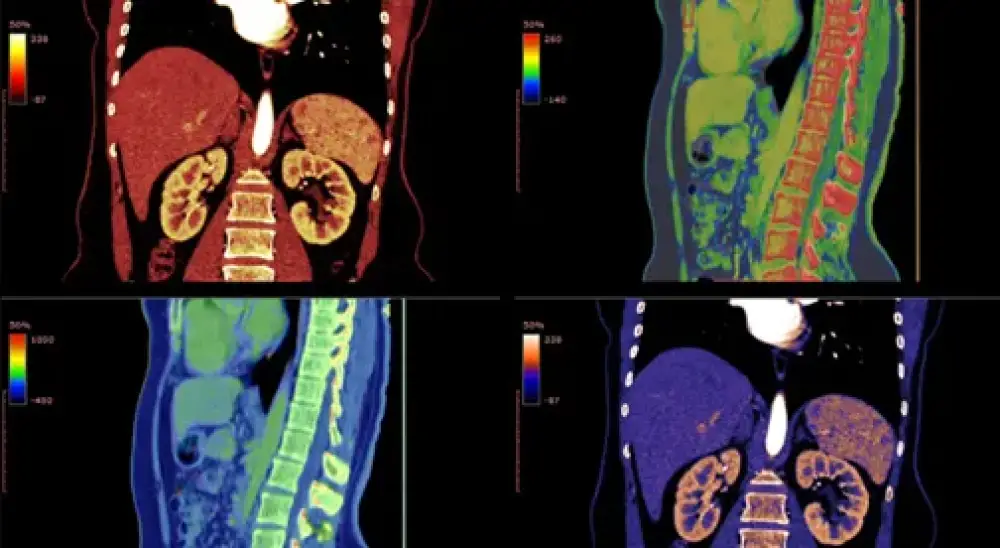3D Imaging
26-Aug-2024

Radiology has long been a fundamental component of contemporary medicine, using imaging methods to provide important insights into patient health. The discipline has constantly changed, embracing new technology and procedures that improve patient care and diagnostic accuracy, from X-rays to sophisticated MRI scans. We'll look at the most recent advancements in radiology, as well as its promise going forward and its obstacles.
3D imaging
CT scans and 3D mammography are examples of 3D imaging technologies that provide a more thorough image of anatomical components. This makes it possible for radiologists to evaluate problems more precisely and in-depth. For instance, 3D mammography can increase the rate of cancer diagnosis and decrease false positives, giving patients more accurate findings and avoiding needless operations.
Applications of Medical 3D Imaging
Because it allows for comprehensive renderings of anatomical features, 3D imaging has transformed a number of medical professions. These are a few important uses:
Tumor detection:
3D imaging methods, such computed tomography and mammography, improve the ability to identify cancerous growths and to track their response to therapy.
SurgicalPlanning: The capacity to see tumors in three dimensions helps surgeons better plan and carry out difficult surgeries.
Orthopedics Fracture Assessment: Accurate diagnosis and treatment planning arefacilitated by the clear images that 3D imaging gives of fractures.Through the provision of comprehensive anatomical data, it aids in the design of personalized implants and serves as a guide for joint replacement procedures
Neurology Brain Imaging: By providing an image of the brain's irregularities and architecture, 3D MRI and CT scans can assist diagnose diseases like tumors, strokes, and neurological disorders. With the aid of three-dimensional graphics, doctors can more precisely navigate intricate brain surgeries.
Congenital Anomaly Assessment in Pediatrics: 3D imaging helps assess congenital defects in children and provides important data for therapy planning. It enables evaluation of pediatric patients' growth and development trends.
Planning and Simulation for Reconstructive Surgery: By assisting reconstructive surgeons in visualizing and planning surgeries for trauma, burns, or congenital defects, 3D imaging improves surgical outcomes.
Education and Training Anatomical Models: Realistic anatomical models for medical education are made using 3D imaging, which improves the educational experience for students.
3D images uses in Pakistan It is clear that 3D imaging is widely used in Pakistan in a variety of fields, including industry, architecture, healthcare, and education. Technology's uses are projected to grow as it develops and becomes more widely available, spurring creativity and raising living standards in the nation. Pakistan is heading toward a more technologically advanced future because to the increasing integration of 3D imagery.
